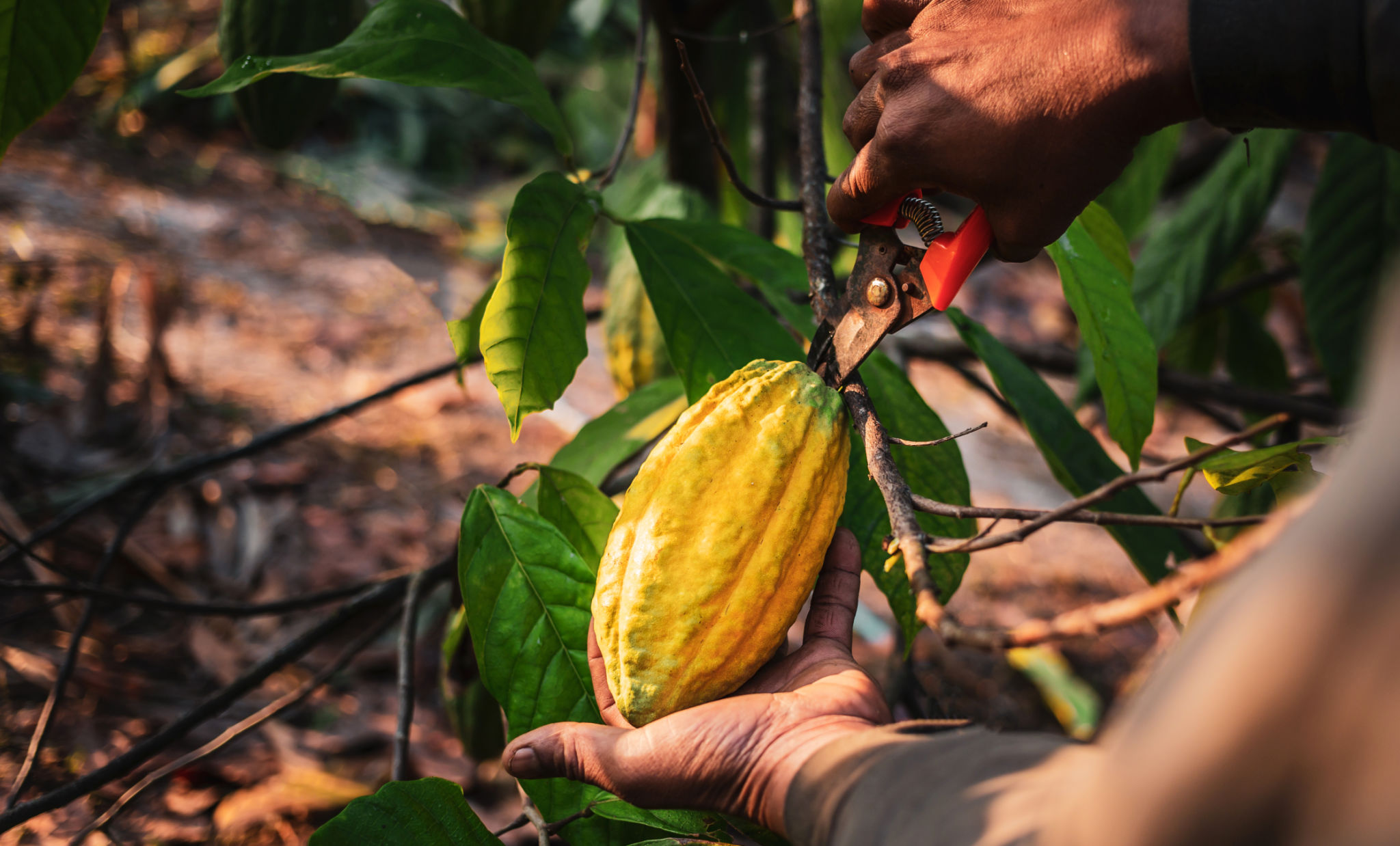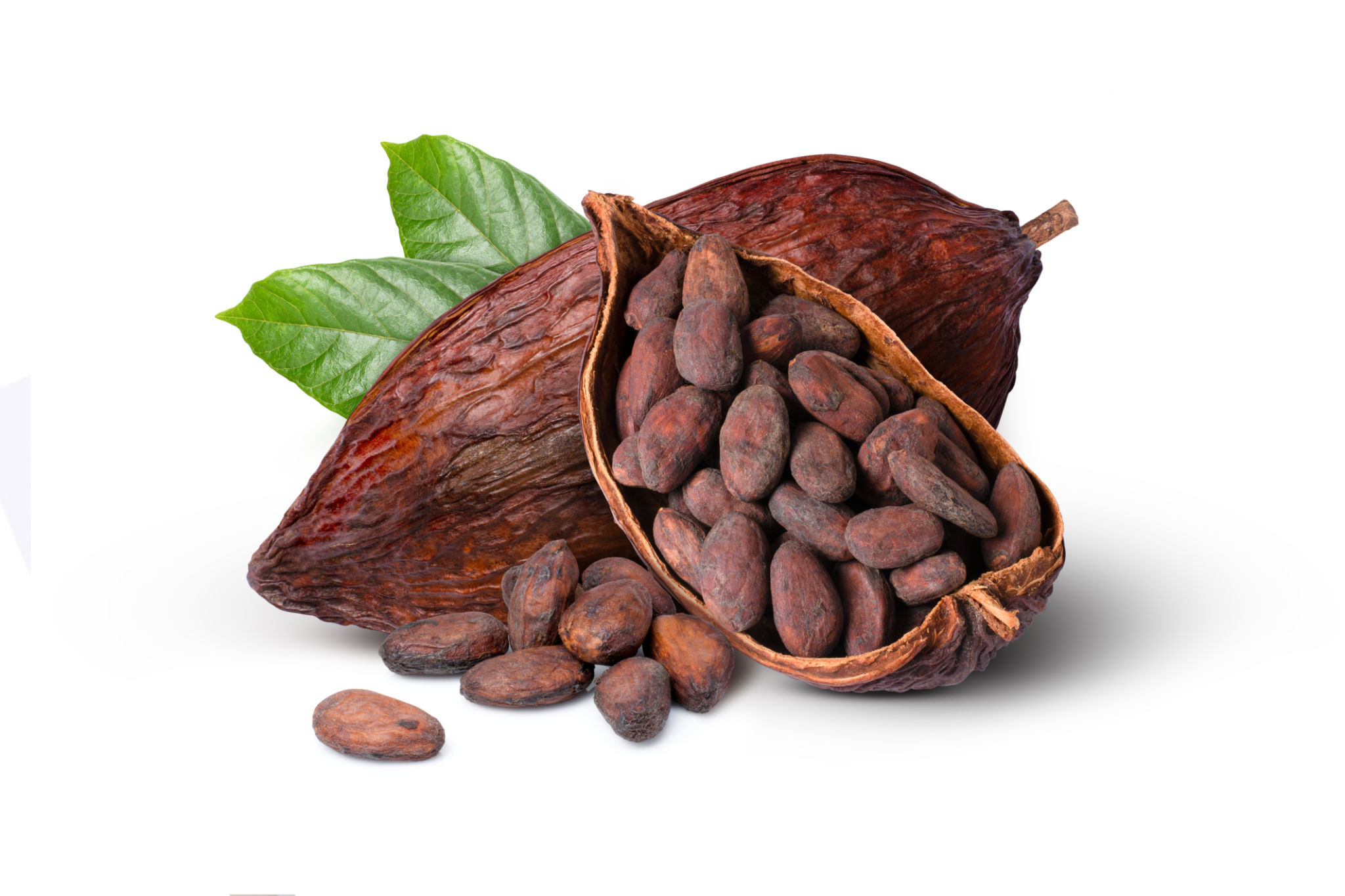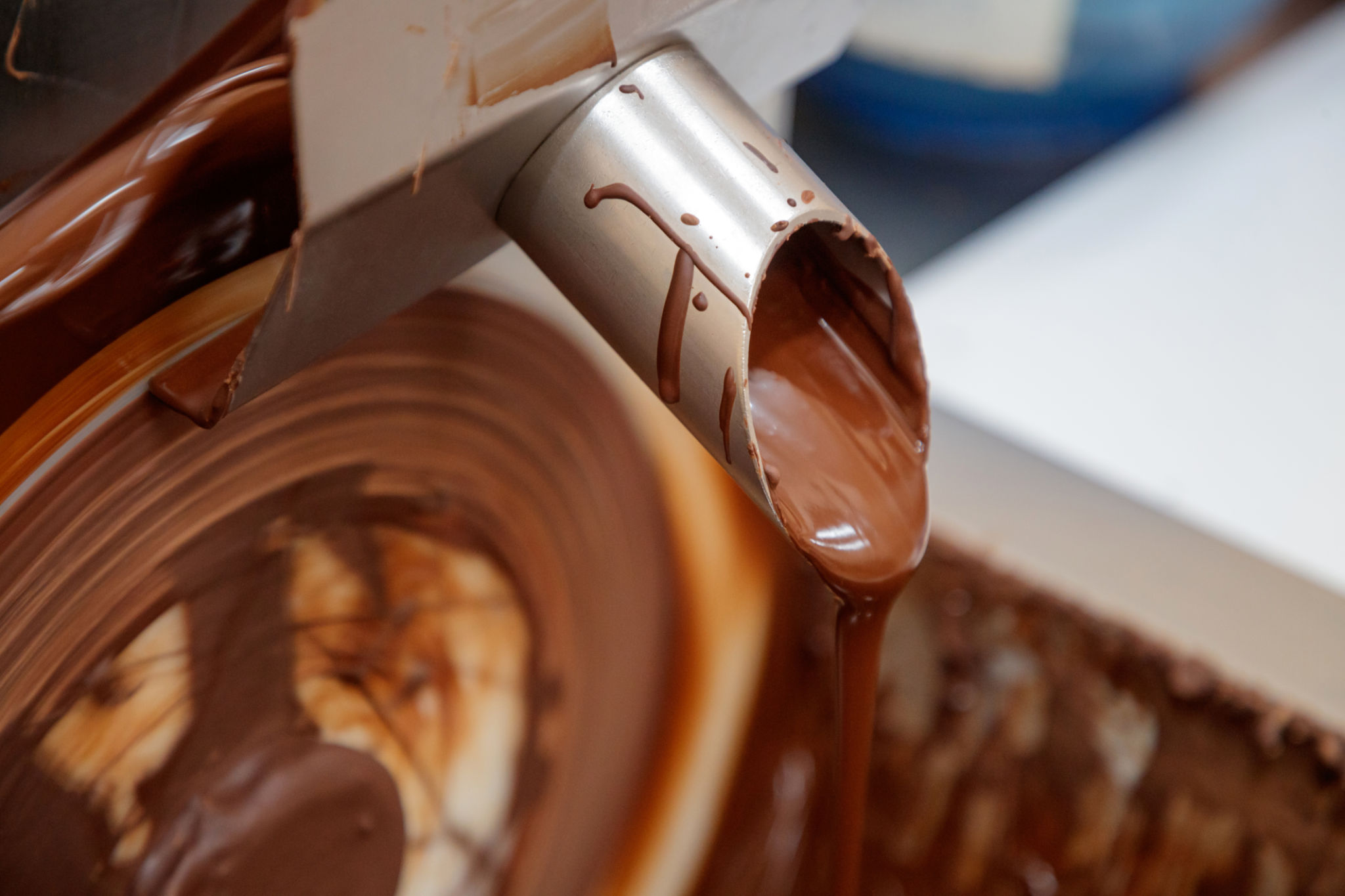From Farm to Table: The Journey of Premium African Cocoa
The Origins of African Cocoa
In the world of chocolate, Africa is a key player, known for producing some of the finest cocoa beans. The journey of premium African cocoa begins in the lush, fertile lands of countries like Ghana, Ivory Coast, and Nigeria. These regions offer the perfect climate and soil conditions for growing high-quality cocoa, which is crucial for producing the rich flavors that chocolate lovers around the world cherish.

From Seed to Sapling
The cocoa journey starts with the planting of cocoa seeds. Farmers carefully select the best seeds and plant them in nurseries. After nurturing these seeds for several months, they grow into young saplings ready for transplantation. The delicate care during these early stages sets the foundation for a healthy and productive cocoa tree.
Once transplanted to the fields, the saplings require consistent attention. Farmers employ traditional techniques passed down through generations, ensuring that each tree receives the necessary nutrients and protection from pests. It's a labor-intensive process that requires dedication and expertise.

Harvesting the Cocoa Pods
Cocoa trees begin to bear fruit after about three to five years. The pods, which contain the precious cocoa beans, are harvested by hand using machetes. This typically occurs biannually, during the peak harvest seasons. The timing of the harvest is crucial; farmers must wait until the pods are ripe to ensure the best quality beans.
Once harvested, the pods are split open to reveal the beans inside. Each pod contains 20 to 50 beans surrounded by a sweet, white pulp. Farmers scoop out the beans and pulp, setting the stage for the next critical phase: fermentation.

Fermentation and Drying
Fermentation is a vital step in developing the flavor profile of cocoa beans. The beans are placed in shallow containers and covered with banana leaves to naturally ferment over several days. This process enhances the beans' flavor by reducing their bitterness and developing their rich taste.
After fermentation, the beans are spread out under the sun to dry. Drying can take up to a week and ensures that the beans reach the optimal moisture level for storage and transport. Proper drying is essential to prevent mold and preserve quality.
Processing and Export
Once dried, the cocoa beans are sorted and packaged for export. African cocoa is renowned for its premium quality, making it highly sought after by chocolate manufacturers worldwide. The beans are shipped to various destinations where they undergo further processing to become chocolate products.
This processing involves roasting, grinding, and pressing the beans to produce cocoa mass, cocoa butter, and cocoa powder—each contributing different characteristics to chocolate production. The skillful transformation of raw beans into chocolate is a testament to both traditional methods and modern technology.

From Cocoa Bean to Chocolate Bar
The final stage of the cocoa journey is its transformation into delicious chocolate products. Manufacturers blend cocoa mass with sugar, milk, and other ingredients to create a variety of chocolate types—from dark to milk and white chocolate. The art of chocolate-making requires precision and creativity to achieve the perfect balance of flavors.
Once crafted, these chocolate products are packaged and distributed globally, bringing joy to consumers who savor their exquisite taste. The journey from farm to table is completed with each bite taken, connecting consumers with the dedicated efforts of African cocoa farmers.
The Impact on Communities
The production of premium African cocoa has significant economic and social impacts on local communities. Cocoa farming provides employment and income for millions of families across Africa. Furthermore, initiatives focusing on sustainable farming practices ensure that this vital industry continues to thrive while protecting the environment.
Consumers can support these communities by choosing ethically sourced chocolate products that promote fair trade practices. By doing so, they contribute to improving living standards for farmers and preserving this cherished tradition for future generations.
